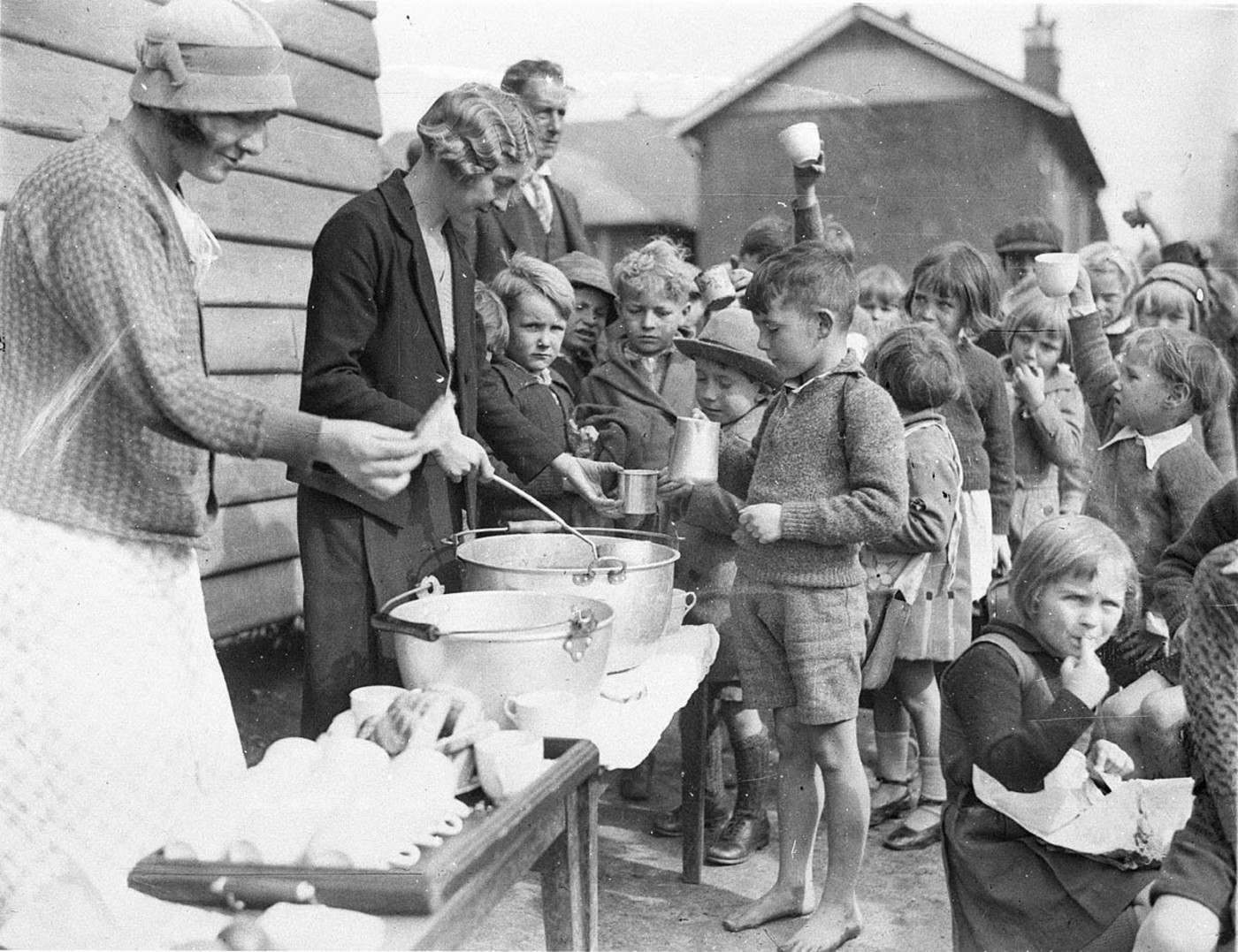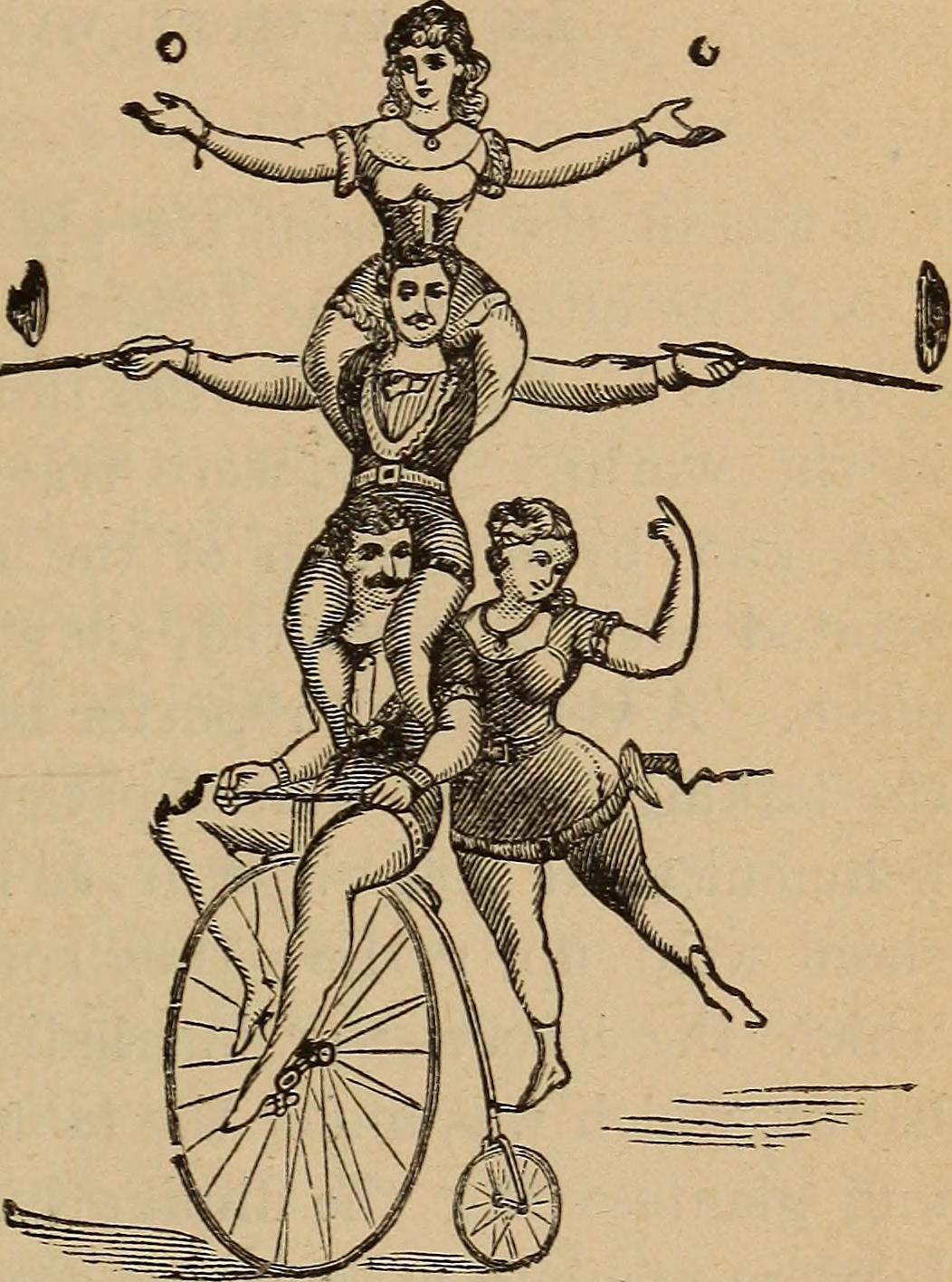Perhaps this is easier advised than actually done, and easier still for a teacher in my progressive private school setting which is already structured to provide space for the type of critical thinking and extensive writing and reading demanded by the standards. Reading the degree of excellence mandated in the Common Core for any one grade will doubtlessly be overwhelming for even the most seasoned of writing teachers, but Calkins et. al. remind us that "implicit in the CCSS is the presence of a spiral curriculum. A child who has been learning narrative craft for thirteen years should, by the end of twelfth grade, be extraordinarily skilled..." (p.109). To understand the trajectory of this spiral, the authors advise reading across the curriculum rather than down your single grade, seeing how the writing expectations contain the same base that is added on to little by little as the student progresses through the grades.
Here are a few things to keep in mind about the CCSS in order to not panic:
1. The writing and reading standards are not intended to be demonstrated in the language arts setting alone. In fact, "authors of the CCSS often refer to the writing standards as a shared responsibility within the school that all subject areas support" (Calkins et. al., 2012, p.110). Science and Social Studies teachers must also embrace the Common Core standards in their classes, giving students the ample time and practice they need and reflecting the type of writing integral to success in this modern era. As Calkins et. al. put it, "Whether our students become scientists, engineers, activists, or analysts, they'll need to be able to write well to do well" (p.110). With this balance between nonfiction and narrative writing styles, the writing teacher need not panic knowing the students will be trying on writing standards across the content areas.
2. Not every single piece of writing produced by students needs to meet every standard. It may be intimidating to see the list of expectations lengthening as the grade level increases, and to see the impressive, thoughtful, and skilled narratives provided as sample pieces. It may lead a 4th grade teacher to weep, thinking, "how on Earth am I going to get my class writing like professional novelists by the end of the year?" but panic not. Calkins and friends soothe us with the reminder that "this is a list of skills that fourth graders should be able to demonstrate, but this doesn't mean that every narrative must contain all of these characteristics... no one piece does everything listed in the standards for that grade" (p. 117).
3. You are not alone! It can feel a little scary to be the ones at the front line of this revolution in reading and writing, suddenly having to serve students who ideally would have been instructed in the spiral from kindergarten but in reality are seeing this style of thinking and learning for the first time in your class. Take this with the consideration that the CCSS "detail what students should know and be able to do and do not specify practices that teachers should use to teach students the skills they need to meet those expectations" (p.108), and it's no wonder educators are feeling lost at sea! Know that life rafts exist. While the standards themselves do not detail methods, there are wonderful curriculums already written, such as the Lucy Calkins writer's workshop used at my own school. There are also some pragmatic steps to getting started detailed in the Pathways book, like on page 123. Additionally, the role of a strong community cannot be overemphasized when facing any kind of big change in a school's culture. The authors of Pathways advise again and again that teachers and administrators build a strong web of support and open communication, comparing notes and planning collaboratively as much as possible. Surround yourself with a support system of fellow educators embarking on the same journey, and you are sure to feel less like a lone rower up the creek without a paddle and more like an efficient member of a crew team.
4. Teaching the CCSS is going to make you a better teacher! And it's going to vastly improve the learning and future lives of your students! I know I sound like I'm really drinking the KoolAid now, but you can't fail to be impressed with the level of critical thinking implicit in the Common Core writing standards. Teaching the art of argument, for example, truly empowers students to think deeply about any topic that matters to them, and prepares them with the skills they need to think through problems and advocate for the solutions they believe in. In the writing standards, "there is a push for logical reasoning, analysis of claims, and reliance on clear evidence and evaluation of sources throughout the grades" (p.127). Compare this level of interacting with language and text to the traditional method of filling in a bubble from a provided list of answers, and it's clear which one will position students for the greatest success in University and in their adult lives. For teachers, this means raising the bar for themselves as well as for their students. In other words, they must "become accountable to teaching whatever they are already teaching in ways that accelerate achievement" (Calkins et. al., p. 121). This can be done by examining the learning progression within the standards, and "seeing ways in which a clear trajectory of progress can inform their plans for units of study, their minilessons, their choice of mentor texts, their feedback on student writing, their conferences, and their small-group work" (p.121). The Pathways book says again and again that to help elevate student writers to these new levels, teaching will need to include "explicit instruction, opportunities for practice, centrality of feedback, assessment-based instruction, and spiral curriculum that have all been hallmarks of rigorous writing workshop instruction" (p.112).
There are probably hundreds of more reasons to calm your worries within the pages of this trusty little guide, but hopefully this small sampling will be a good beginning to chipping away at those fears. Fresh from an educational system that honors the agency and judgment of teachers less and less, teachers who suddenly find themselves holding the reigns may be a little bewildered at first with how to proceed with all this newfound professional respect, but it is a respect we deserve and have fought for for years. It may be a bumpy and uncharted path ahead for our school systems and our children, but it's also a thrilling ride taking teachers and learners alike on the right path to higher achievement and higher quality thinkers and problem solvers. If you're still feeling panicked, or you'd just like to read more, pick up a copy (and maybe a few copies for colleagues and administrators), of Pathways to the Common Core. It's sure to help you feel ready to take on the challenges ahead and blaze a path to better education for all students!



